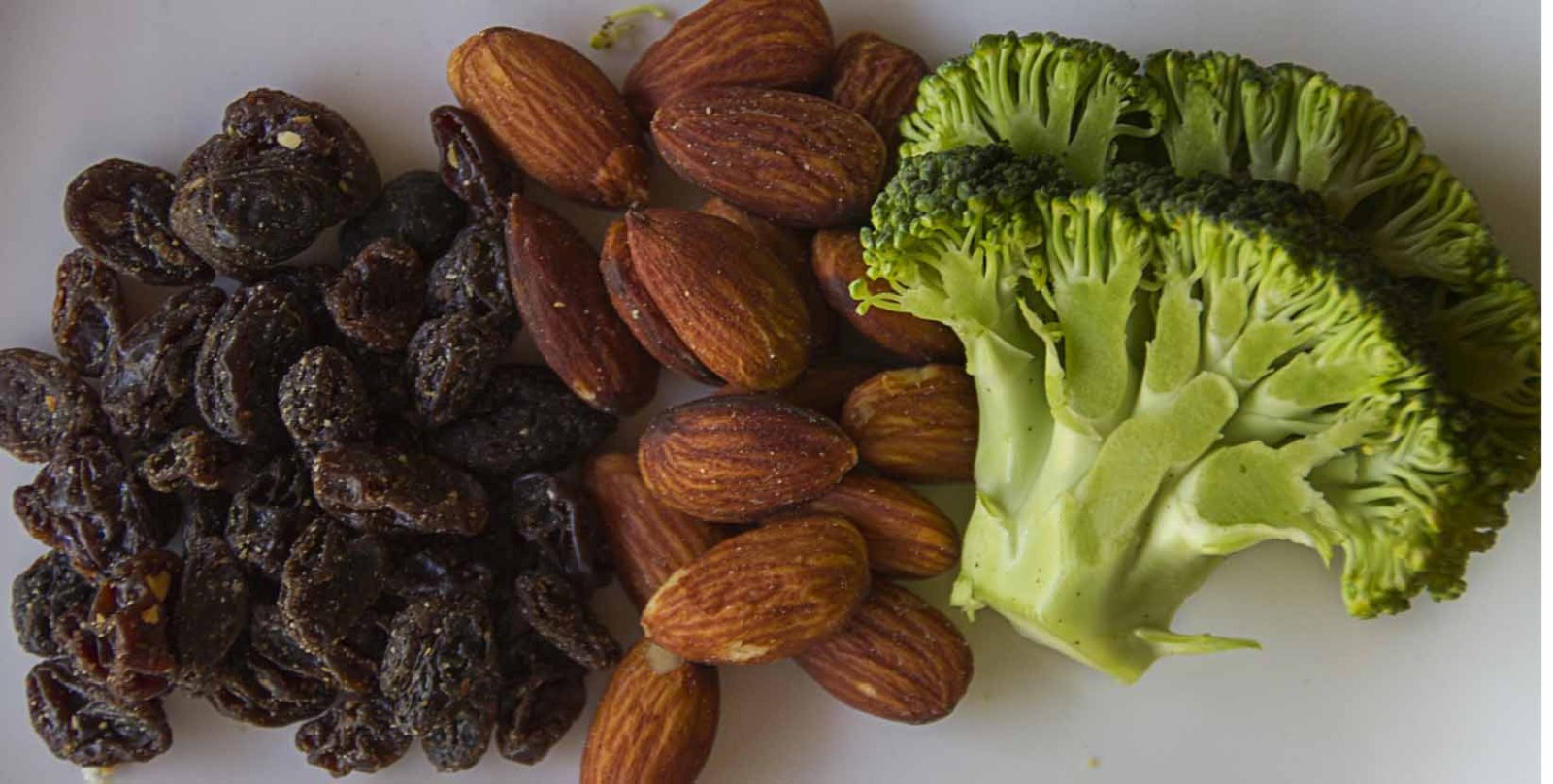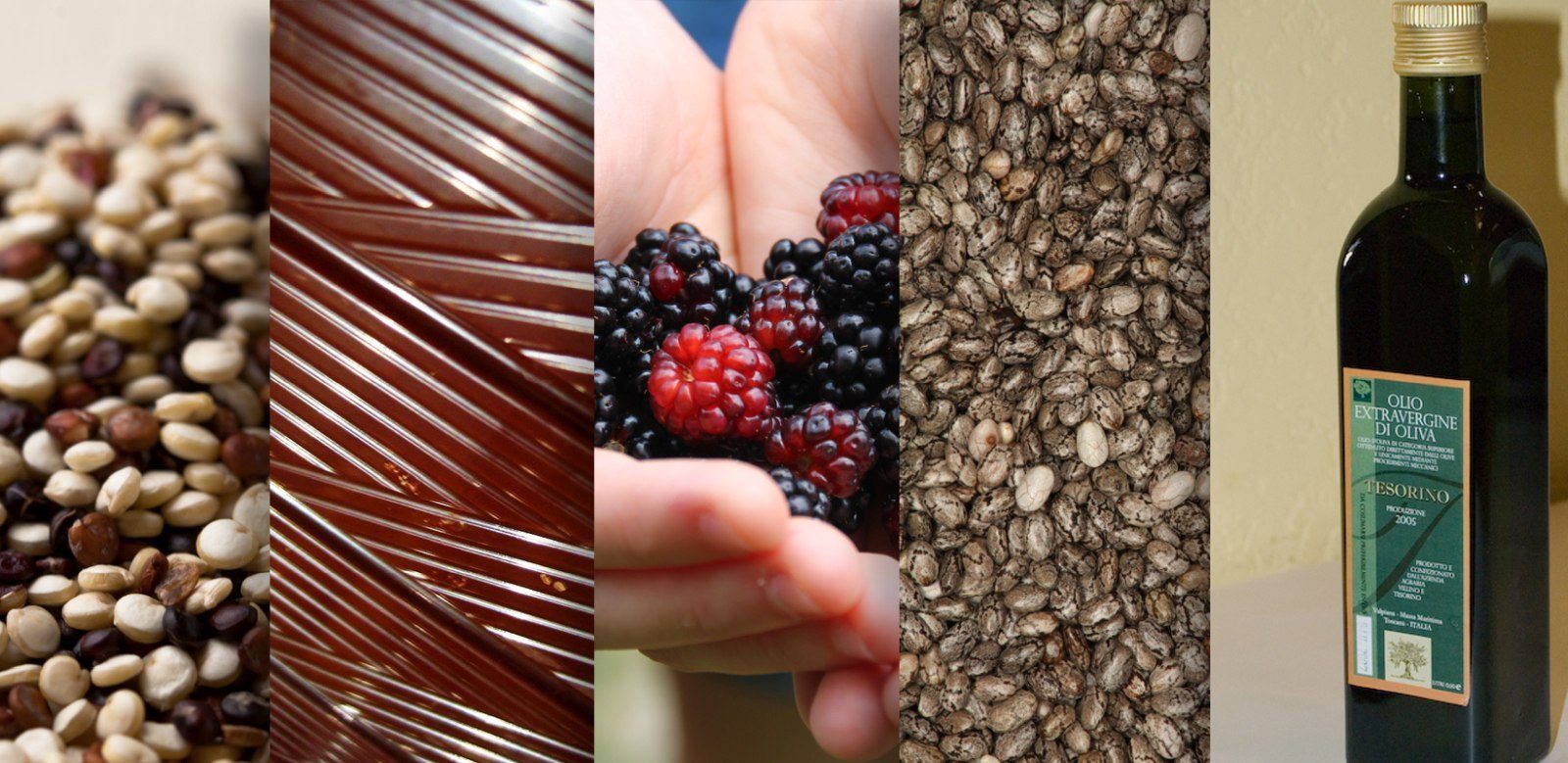
At most times we think that oil, lard and butter are the only foods that belong to the group of fats. That causes us to eat an excess of foods from the group because we ignore their nutrient content.
In this blog we will briefly discuss those foods that belong to the group that people aren’t familiar with.
Seeds and Nuts
- These foods protect us from cardiovascular problems, as they belong to the group of good fats, in addition to containing fiber, vegetable protein, magnesium, copper and antioxidants like vitamin E. Despite all that, it is important to remember that they have a lot of calories due to their fat content (even though it’s good). For example, an ounce of cashews has 165 calories, macadamia nuts 210, pecans 200, walnuts 185, hazelnuts 195, pistachios 180, sesame seeds 175, and the traditional almonds and peanuts 170 and 165 respectively.
- A serving of peanuts has ten nuts, almonds six, cashews six, walnuts two; a serving of peanut butter is a half tablespoon and one of sesame seeds is one tablespoon.
Avocado
- Avocado is another food that belongs to the fat group, despite the fact that many people think it’s a fruit or vegetable. Neither fruit nor vegetable, avocado is a fat, and a good one. Regardless, as with nuts and seeds it is recommended to eat an appropriate amount – even though it is a good fat, it has a lot of calories.
- A serving of avocado is just two tablespoons (a quarter avocado)
Cream cheese and sour cream
- These two foods are typically classified by Costa Ricans as dairy products, though neither of the foods belong to that group. Their animal fat content is very high, which is why they belong to the fat group, and they are bad due to their high cholesterol content.
- The serving size of cream cheese and sour cream is one tablespoon.
Finally, it is important to clarify that recommended serving sizes for these foods will depend in large part on a person’s body (underweight, normal, overweight, obese) and their blood lipid (fat) levels. For that reason it is important to have a nutritionist’s evaluation to set the servings for each person.
.







Comments